12 min read
Ingredient Danger Patrol: Should You Get a Lash Serum without Prostaglandin?
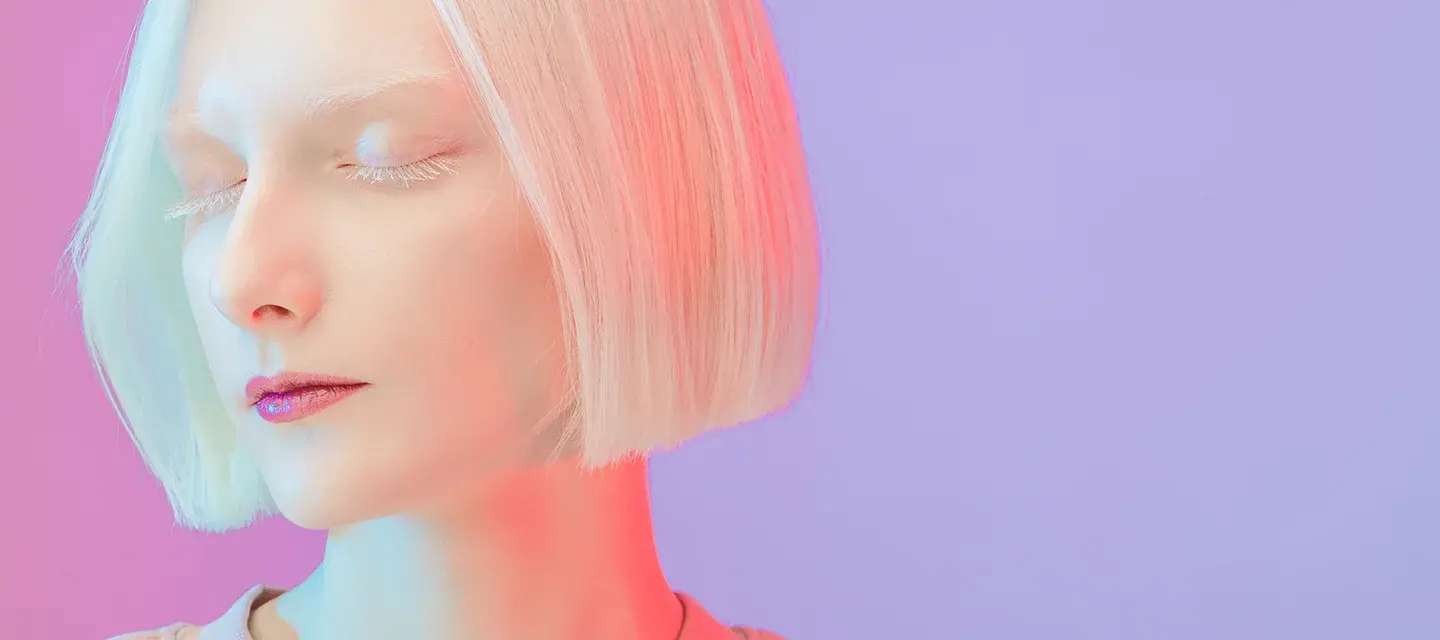
Imagine the most beautiful doll you've ever seen. We're going to ignore the inherent disturbing creepiness of very life-like dolls (this sinister quality is likely to be seen in a reproduction of something alive and so innocent in an inanimate material). But still imagine it. What does it look like? Waterfalls of silky hair, neotenous (child-like) features with wide, bright eyes, a petite nose, and pouty little lips, and lashes, long, dense eyelashes. Voluminous doll lashes, "real" or drawn on, frame the eyes and play such a significant role in the aesthetics of an attractive human face, and we're willing to invest in all sorts of lash serums, extensions, and curlers to doll-ify ourselves. Although the evolutionary role of lashes is to protect the eyes from dust and debris that might irritate or infect the eye, they visually make our eyes a more prominent feature on the face, and eyes are important in communication and social interactions, far more important than verbal communication.
It is no wonder that the most widely and consistently used beauty item in the world is still mascara, and that even 4000BC already saw people enhancing their eyes with kohl. They connected this practice with eye care, religious and medical insinuations, but in reality, the ancients were not so different in their basic human needs to be considered attractive and desired. In 1930, Mr. Eugene Rimmel created the first mascara made from petroleum jelly and very fine coal dust, and Anna Taylor obtained the first patent for artificial eyelashes in 1911. Decorative cosmetics and tools make us feel more beautiful, allowing us to play with our look, which is wonderful. Still, there is a growing market for getting the real deal, aka enhancing what our mama gave us, rather than hiding behind temporary or semi-permanent prosthetics of elaborate makeup, lash extensions, and falsies. This is where lash serums hit the scene, offering various formulas to grow and volumize thin and short eyelashes by boosting the natural processes within the eyelash follicles.
As it usually goes, once the market smells public interest to be turned into profit, soon you’ll see a wave of products hitting the shelves to satisfy the need, which is good for us. However, as the product's popularity grows and more people use it over a longer period, this “in vivo trial” begins to show results, also raising questions about certain ingredients. Regarding the boom of eye serums, the ingredients in question are prostaglandins and prostaglandin analogues that have shown some worrying side effects, prompting people en masse to search for a lash serum without prostaglandin. If you have sensitive eyes, tend to get irritated easily, or just prefer a clean beauty routine, this guide is for you. We’ll break down what prostaglandins are, explore safer alternatives to eyelash serums without prostaglandin, share expert picks, and explore what the vox populi is on this ingredient.
What are prostaglandins, and why are they in eyelash serums?
Now to the lab-coat part of this story. Put your thinking caps on and let’s get all official. You need to know this before we go any further. So, what are prostaglandins? Prostaglandins are lipid (for our purposes, fats) compounds that naturally occur in the body. They are not the jiggling, love-handle fat particles but much smaller compounds that play a key role in crucial bodily operations like regulating inflammation, blood flow, and cell growth (all very good and necessary when they’re on our side, and very dangerous if they go rogue). While prostaglandins act like hormones in the body, they’re technically not classified as hormones but as “hormone-like” substances. This means they send signals to neighbourhood cells, but can’t leave their address. Prostaglandin effects are more localized compared to true hormones that travel and give instructions through the bloodstream.
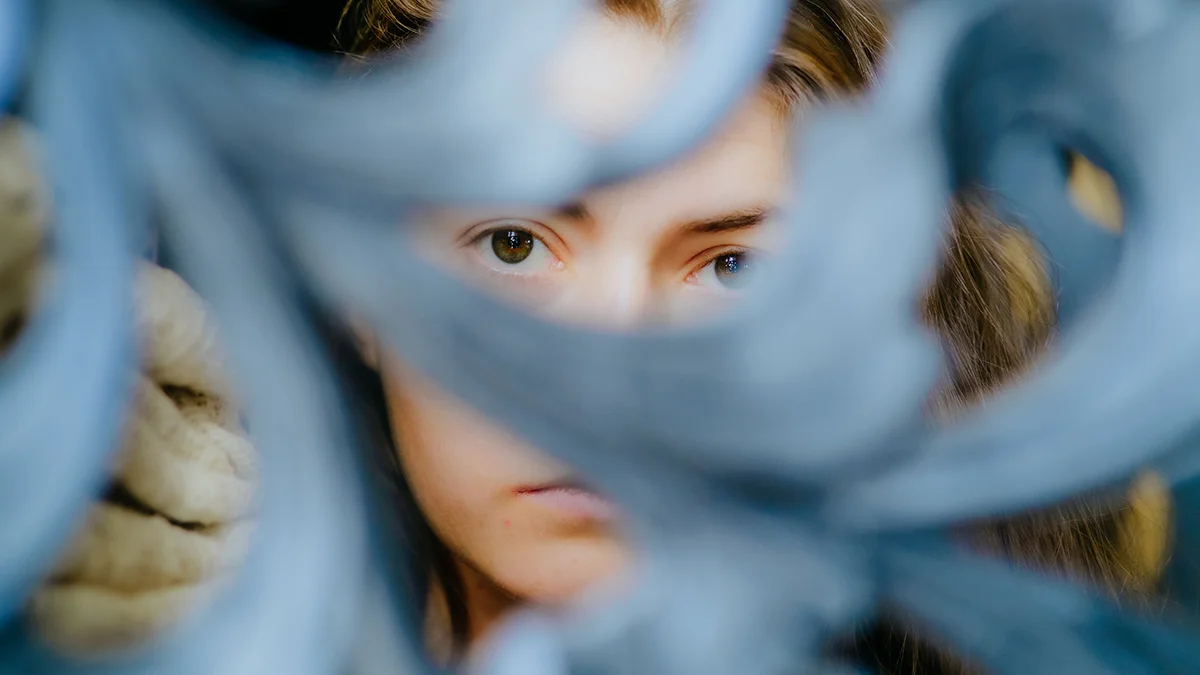
So why would a lash serum contain a prostaglandin anyway? In lash serums, synthetic (man-made) versions of prostaglandins — called prostaglandin analogs — extend the growth (anagen) phase of a lash cycle. This effect means that with consistency, you’ll get what you paid for - longer, denser, darker, and voluminous eyelashes. This is the good news. The bad news is that prostaglandins seem to carry some risks, such as:
- Irritation: Redness, bloodshot eyes, itching, and general irritation and discomfort of the eye and surrounding area.
- Iris Hyperpigmentation: A rare but possible side effect is a permanent darkening of the iris (colored part of the eye), especially if you have lighter-colored eyes like blue or green.
- Eyelid Changes: Skin thinning and wrinkling, fat loss leading to a sunken or hollowed appearance around the eyes due to loss of periorbital fat, or blepharitis, which is an Inflammation of the eyelids.
- Excessive Hair Growth: Prostaglandin analogs that spread beyond the lash line can also stimulate hair growth in areas other than the eyelashes, such as the skin around the eyes.
Best lash serums without prostaglandins
So, for those of us who would not like to risk any more or less likely side effects for a non-essential (but still desirable) self-care item, we spared you the infinite scrolling and comparisons. Here are the top prostaglandin-free formulas worth trying:
Vegamour GRO Lash Serum, 3mL, $68.00
Why we love it: Clinically tested plant-based formula with visible results in 4–8 weeks, gentle on sensitive eyes.
Plume Science Lash & Brow Enhancing Serum 2mL/ 5mL, $56.00/$98.00
Why we love it: Developed by a professional chemist. Great for those wanting a dual-purpose brow + lash serum.
LashFood Phyto-Medic Eyelash Enhancer 3mL, $80.00
Why we love it: ECOCERT-certified natural formula designed to nourish and protect lashes while promoting length over time.
RevitaLash Advanced Eyelash Conditioner, 3.5 mL, $152
Why we love it: A pricy physician-developed formula and conditioning properties for visibly aging eyelashes.
Super clean budget options:
UKLash Sensitive, 3mL, $38.00
Why we love it: It is designed specifically for people with eye sensitivities. A favorite in UK forums and among contact lens wearers.
FOREO IRIS™ Pro-Strength Eyelash Serum, 4.3 mL, $50.91
Why we love it: This formula boasts an ample dose of 94% natural origin ingredients, including repairing Phytokeratin & Panthenol, strengthening L-Arginine & Keravis, conditioning Hyaluronic Acid, and revitalizing Anagain & Ginkgo Biloba. It is also dermatologist-tested, vegan, cruelty-free, and fragrance-free.
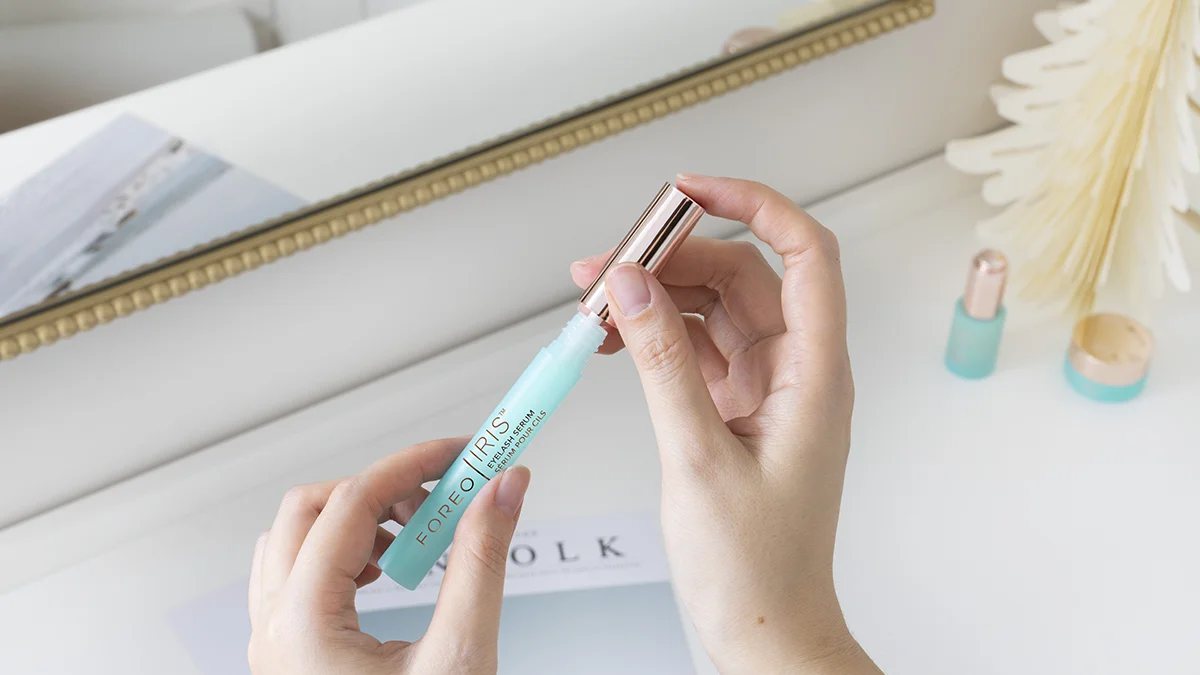
Why look for eyelash serums without prostaglandins
While prostaglandin-based formulas do work and can definitely help your lashes grow longer and thicker for expert eye-batting sessions, is it really worth the risk? No one is going to stop you, but do consider alternatives if you have sensitive eyes or skin, are pregnant, breastfeeding, or wear contacts.
Users have shared stories about how excited they were with the results, until irritation, redness, or skin darkening made them stop. One Reddit user said, “My lashes looked great, but my eyelids started to get darker and itchy. I had to stop.”
This is not an isolated case or oversensitivity to prostaglandins; regular users, influencers, and dermatologists are becoming more open about the side effects to the point where global health agencies are starting to review these ingredients and recommending prostaglandin-free lash serums.
The shift on social media
The digital revolution has brought out some foul tendencies in human nature, but has also given us a larger global platform and access to expert advice to talk about the important things, share information, and grow together, regardless of time zone, culture, or language barriers. Social media has served as a megaphone in spreading the info on potential prostaglandin dangers, urging a shift toward gentler lash serums without prostaglandins. TikTok and Instagram have started using hashtags like #cleanlashserum, #lashgrowthwithouttoxins, and #noprostaglandins, which are now gaining traction as more users share their experiences with sensitive-safe formulas.
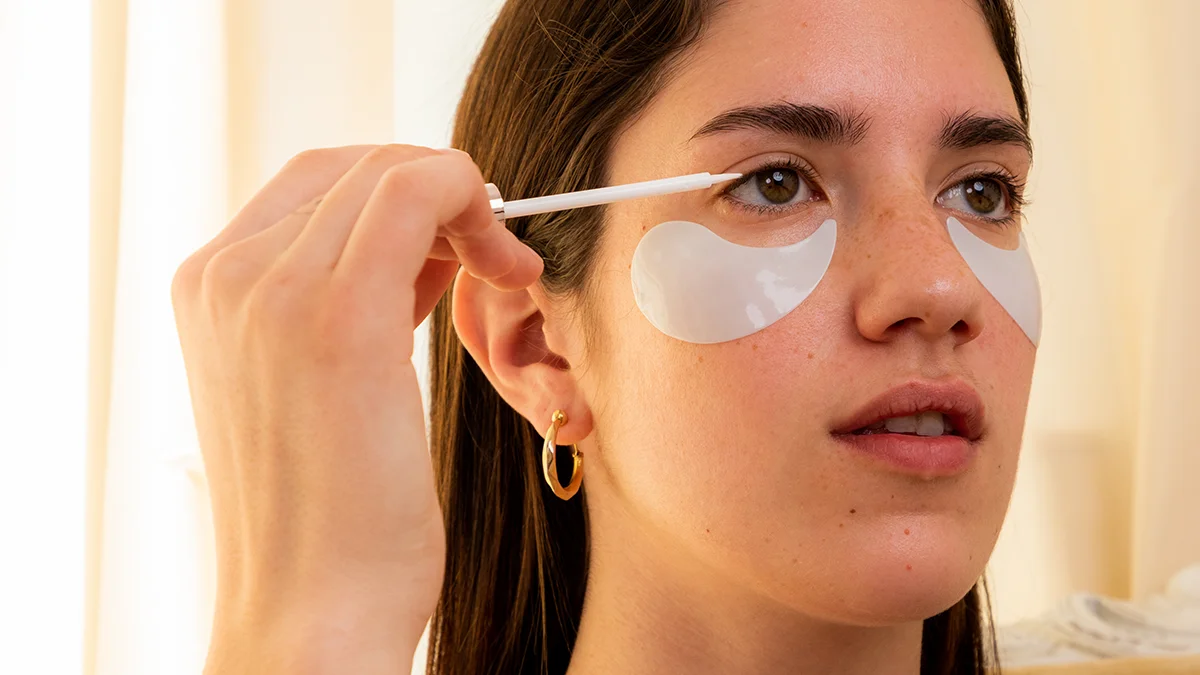
Influencers like @glowwithava are great sources of alternative eyelash serums without prostaglandins, better suited for long-term use, delicate skin, and those who believe that even a minor risk is unnecessary. Social media also offers some DIY lash serum tutorials, usually using castor oil, peptides, and clean beauty oils as a base, with creators showing off their before-and-after results and ingredient tips.
The message is clear: people want clean skincare, effective lash growth eyecare products, but we’ve evolved away from the notion that beauty is pain or suffering, and refuse to risk our eye health for a few millimeters of lashes.
Are there safe and effective alternatives?
Yes, effective alternatives to prostaglandin-based lash serums do exist, and the wonderful men and women in labs around the globe are constantly improving these formulas. Instead of relying on hormone-like compounds, these clean formulas find natural resources to nourish, strengthen, and support lash growth. One of the most popular prostaglandin alternatives is peptides, such as the superstar Myristoyl Pentapeptide-17. This one helps extend the lash growth cycle and improve lash density by signaling the follicles to stay in the active growth phase longer, but sans the nasty side effects.
Most of the time, nature likes to make the sum greater than the sum of its parts. In this spirit, biotin (vitamin B7) and panthenol (provitamin B5) form a lash-boosting duo, each one playing an important role. Biotin is necessary for keratin (the protein that makes up your lashes) production. At the same time, panthenol deeply hydrates and strengthens the hair shaft, helping prevent breakage, and panthenol is so safe that it can be used on babies (for real, this is not an expression). These nutrients are not merely a quick cosmetic fix. They don’t just make lashes look better, but actually improve the health of the hair from root to tip.
Another popular choice is plant stem cells, often derived from apple, grape, or alpine plants. They are rich in antioxidants and help protect the delicate lash follicles from environmental damage while also helping cells to repair the damage and regenerate. When plant stem cells are combined with botanical extracts like nettle, ginseng, or rosemary oil, which are known to stimulate blood flow and gently encourage lash (and hair in general) growth, you get a formula that’s not only effective but also far less likely to cause irritation or long-term side effects.
Is castor oil a valid alternative?
Castor oil's health and beauty benefits are gaining popularity, with anecdotal evidence emerging in conversations about natural remedies for various conditions and aesthetic concerns, including claims of lash growth assistance. But is it true? Sort of. While castor oil can be helpful, it’s important to manage your expectations and time frames with a natural remedy. Castor oil is great for conditioning and moisturizing the lashes, which can really help reduce breakage and give a healthier, lush appearance when used consistently. However, castor oil does not stimulate new lash growth as effectively as clinically studied actives, such as peptides or biotin-based formulas.
What do experts recommend?
(Good) Experts follow the evidence. Keep in mind that whatever you put on or in your body becomes a part of you. Skincare and hair care are absorbed into your body; that is how they work. Some remain in the outer and mid layer of the skin, but other compounds go deeper into the tissue and enter your bloodstream. Ingredients can be completely neutral and have no effect at all at such small doses and will be cleared by the body’s own filtration system, the kidneys and liver, but others may linger and cause system-wide disruptions, although they were administered locally, such as hormone disruptors. This is why experts are increasingly recommending you turn to naturally sourced solutions.
When choosing a lash serum, dermatologists and eye doctors agree that you should be extra vigilant about your ingredient list. The eyes are precious, and they are the only pair you’ve got with this body. Whatever you choose to use on the lashes will inevitably touch the eyeball in some capacity. This warning is even more critical if you have sensitive eyes or are looking to use a lash serum for any foreseeable future.
TIP 1
To make sure you’re not risking it, in addition to prostaglandin, avoid ingredients linked to prostaglandin analogs, such as the commonly used isopropyl cloprostenate, bimatoprost, or dechloroethylcloprostenolamide (a good rule of thumb: if you can’t read something, don’t use (or eat) it). The ones listed above are most associated with unwanted side effects like eye discoloration or irritation.
TIP 2
Instead, look for a lash serums that include peptides, biotin, and natural plant extracts — ingredients known to nourish and strengthen lashes without negatively affecting or altering the eye area. Go for those clearly labeled as "Prostaglandin-Free," "Ophthalmologist-Tested," or "Safe for Sensitive Eyes".
TIP 3
Experts recommend prostaglandin-free eyelash serums for people with a history of eye problems, sensitive eyes, those who are pregnant or breastfeeding, and even teens or first-time users, who may not yet have the skill to keep the lash serums only on the lashes.
TIP 4
Common sense: Bodies are strange, and you can be fine with an ingredient your whole life, until one day, when you’re not. Don’t let anything near your eyes without a patch test. If you happen to have any eye conditions or are taking medication, ask your ophthalmologist or GP if it’s ok to use a lash serum, even a natural one. The skin around the eyes is delicate, very thin, and fragile. It’s always better to be safe when introducing something new to your routine.
Frequently asked questions
How long does it take to see results with prostaglandin-free lash serums?
Most prostaglandin-free eyelash serums show visible improvements in lash length and thickness within 4 to 8 weeks. Lashes don’t grow as fast for everyone, so you may get significantly different results from person to person and depending on what formula they are using. There is no one-size-fits-all. The only universal here is consistent daily use.
Can I use prostaglandin-free lash serums with contacts?
Yes, many prostaglandin-free formulas are designed to be gentle and safe for contact lens wearers. Still, remove your lenses before applying the serum and wait a few minutes before reinserting them, as the lens membrane will be semi-permeable.
Are prostaglandin-free lash serums safe during pregnancy and breastfeeding?
Ideally, you would not use anything that you haven’t talked to your doctor about, but yes, generally, prostaglandin-free lash serums are safe for pregnant or breastfeeding women because they avoid hormone-like ingredients that might pose risks for mom and the baby.
Do prostaglandin-free serums also work on eyebrows?
Some prostaglandin-free formulas are multipurpose and can be used for thicker, healthier eyebrows as well as lashes. Look for products specifically labeled for both lashes and brows.
Can I use prostaglandin-free serums together with other eye makeup or skincare?
Yes, prostaglandin-free serums blend well with other eye makeup and skincare, unless otherwise specified on your product. Just make sure to apply the serum on clean, dry skin and let it absorb before applying other products, and you’ll be fine.
What if I stop using the lash serum? Will my lashes go back to normal?
When you stop using any lash serum, including prostaglandin-free ones, your lashes will typically return to their natural growth cycle and appearance over time. So, yes, you should have a continuous maintenance routine to retain your before and after results, as shown below from the use of FOREO IRIS™ Pro-Strength Eyelash Serum.
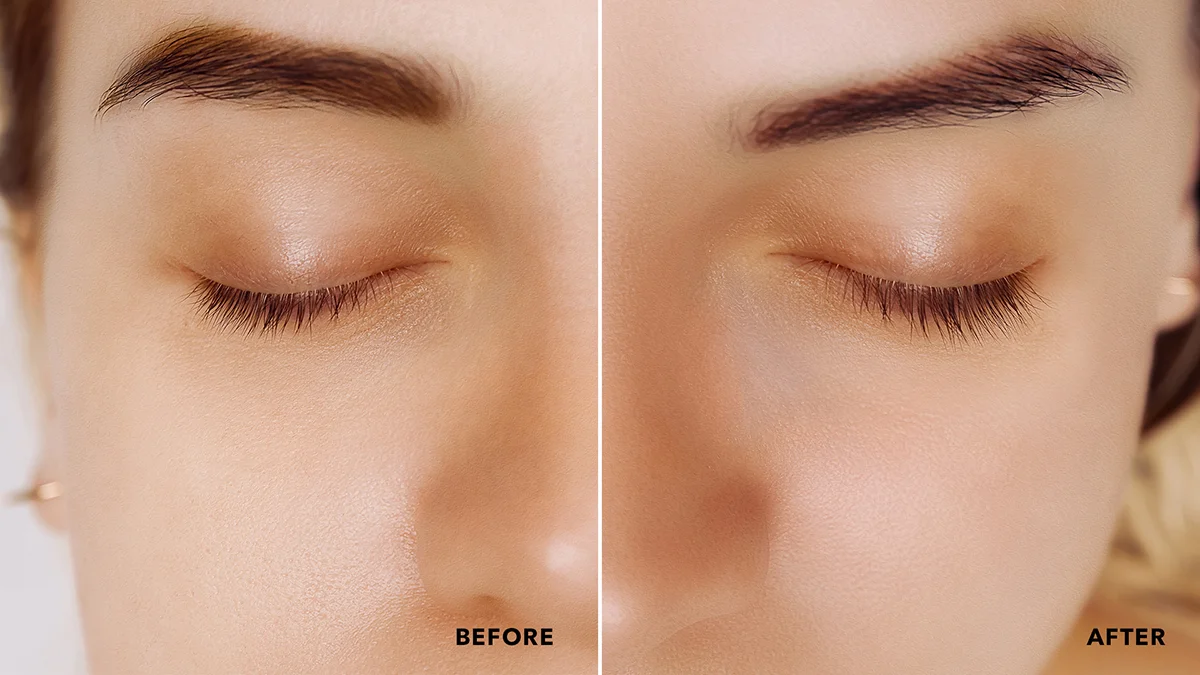
Conclusion
There will always be some magic in a large-lashed batting eye, there will always be femme fatales staring intently at their new prey, manipulating softness or intensity with a single blink. So it is quite reasonable to be a lash lunatic. Still, beauty should never come at the expense of health, especially when it comes to something as precious and delicate as the only two irreplaceable apples.
Prostaglandine, definitely effective for getting denser and longer lashes, carries too big a risk for some folks. We no longer buy into the “beauty is pain” narrative, but demand results without compromising our well-being. Thankfully, today’s prostaglandin-free serums offer exactly that—gentle, science-backed formulas that support your natural lashes while keeping irritation, hormone-like ingredients, and long-term risks out of the picture.
So here’s to learning about safer choices, to knowledge that empowers, and to lashes that are just as real as they are beautiful. You don’t need to gamble with your health to feel confident. A few good quality tools and some consistency will be enough. Stay curious, stay beautiful, keep your eye on the prize, and always look on the bright side.
Up to 50% off FOREO Gift Sets: code MYSAUNWRAP
Bundle Wonderland from Dec 3 - Dec 31
It is the most wonderful time of the year when we jingle and mingle, and the gifting fever is the only thing louder than bells and buzzed uncles at family gatherings. Ho-ho-holiday home spa beauty gifts just got all bundled up into FOREO gift sets in The Bundle Wanderland. From Dec 3 - Dec 31, the holiday train choo-chooes by with an extra 35% off FOREO favorite devices and up to half off exclusive skincare with the code MYSAUNWRAP.
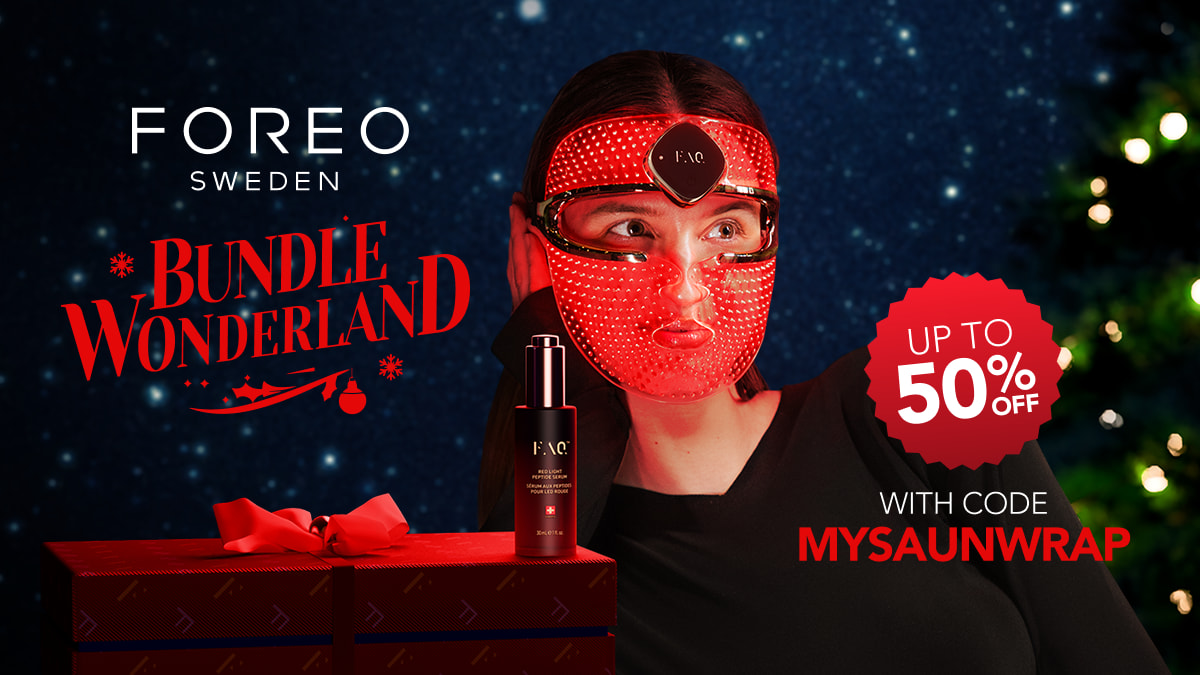
The impressive big-saver holiday skincare gift sets will delight your bulimic wallet and make you instantly glow with holiday cheer.








Leave a comment